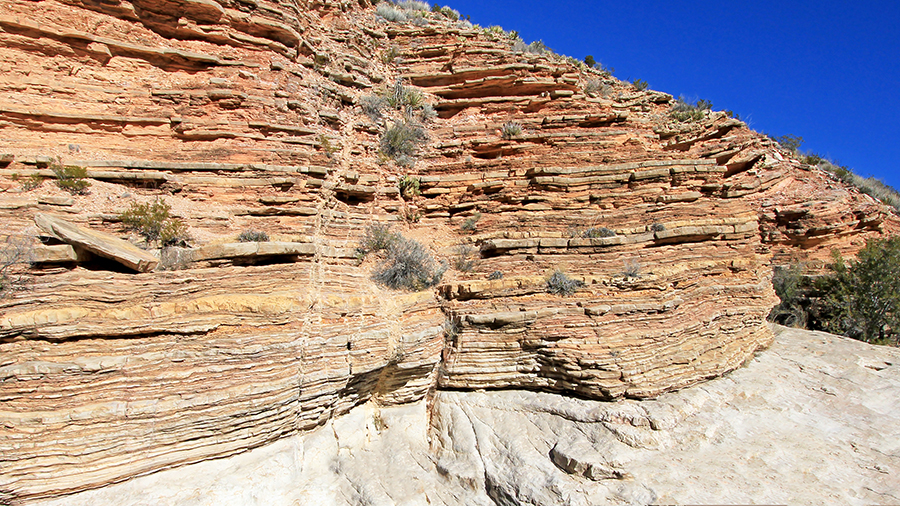Journey through Texas’ Geological Wonders
From towering granite formations to ancient sea beds, Texas is a treasure trove of geological diversity. The rocks beneath our feet tell a story of fiery beginnings, patient erosion, and transformational forces deep within the Earth. Whether you’re hiking through Enchanted Rock or strolling through Georgetown, you’re walking on history that took millions of years to form. So, let’s dig into the fascinating world of igneous, sedimentary, and metamorphic rocks—each with a tale to tell.
FROM FIRE TO STONE: IGNEOUS ROCKS
Ever pondered Enchanted Rock — a textbook example of an igneous rock, born from molten magma that cooled slowly beneath the Earth’s surface? These types of rocks, called intrusive igneous rocks, crystallize as they cool, giving them that distinct speckled appearance. Enchanted Rock and the Llano area’s granite are prime examples. What makes them special is their journey — once hidden under thick layers of sediment, they’ve been gradually uncovered by erosion over eons.
On the other hand, when magma escapes to the surface as lava, it cools much more quickly. This rapid cooling doesn’t allow crystals to form, giving extrusive igneous rocks like basalt a smoother, finer texture. You can check out basalt formations at Knippa in Uvalde County or Bee Mountain in Big Bend National Park — testaments to the volcanic past of these Texas regions.
LAYERS OF TIME: SEDIMENTARY ROCKS

Picture a time, during the Cretaceous Period, when Central Texas was covered by a shallow sea. Over millions of years, layers of calcium carbonate accumulated, forming the limestone we see today. But it didn’t stop there — some of that limestone transformed into dolomite, a rock where calcium gets a magnesium makeover.
One of the hidden gems of Georgetown’s geology is chert, made from the silicon remains of marine plankton. If you’ve ever come across a flint tool, chances are it was crafted from Georgetown chert, a material prized by Native Americans for thousands of years. In fact, flint artifacts have been discovered more than 100 miles away, dating back over 13,000 years.
UNDER PRESSURE: METAMORPHIC ROCKS
When rocks undergo extreme heat and pressure, they transform into something entirely new—metamorphic rocks. In Texas, head to the Llano Uplift region for a glimpse of these incredible stones. Take a trip to Inks Lake State Park, where you’ll find gneiss, a pink rock that may resemble granite but has a distinct, layered look. Gneiss forms when pre-existing rocks are subjected to immense forces, often showing swirls or patterns from partial melting.
If you’ve ever admired a marble countertop, you’re looking at a metamorphosed version of limestone, forged under heat and pressure into its elegant new form. So the next time you step outside in Texas, take a moment to appreciate the rocks around you. Each one carries with it the story of Earth’s restless energy and the slow, steady hand of time.
